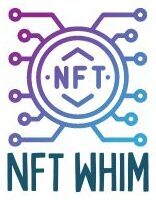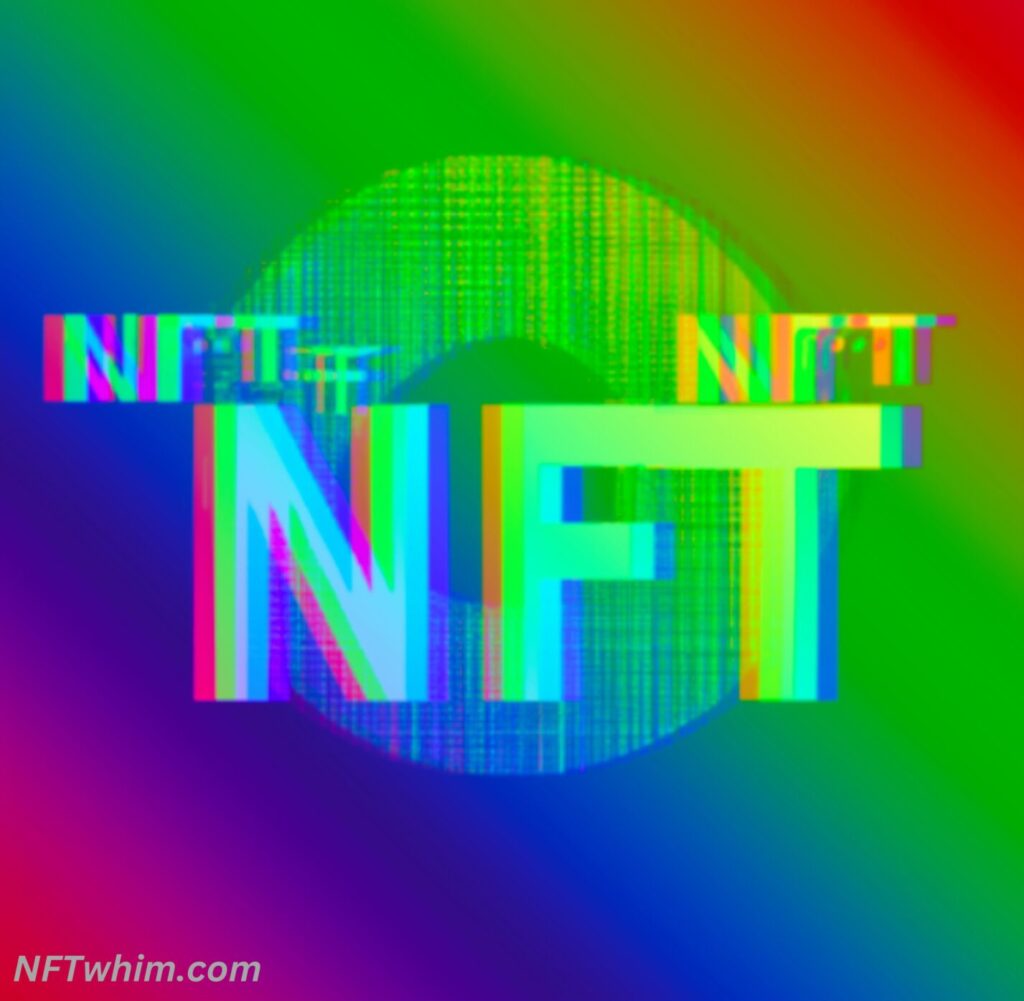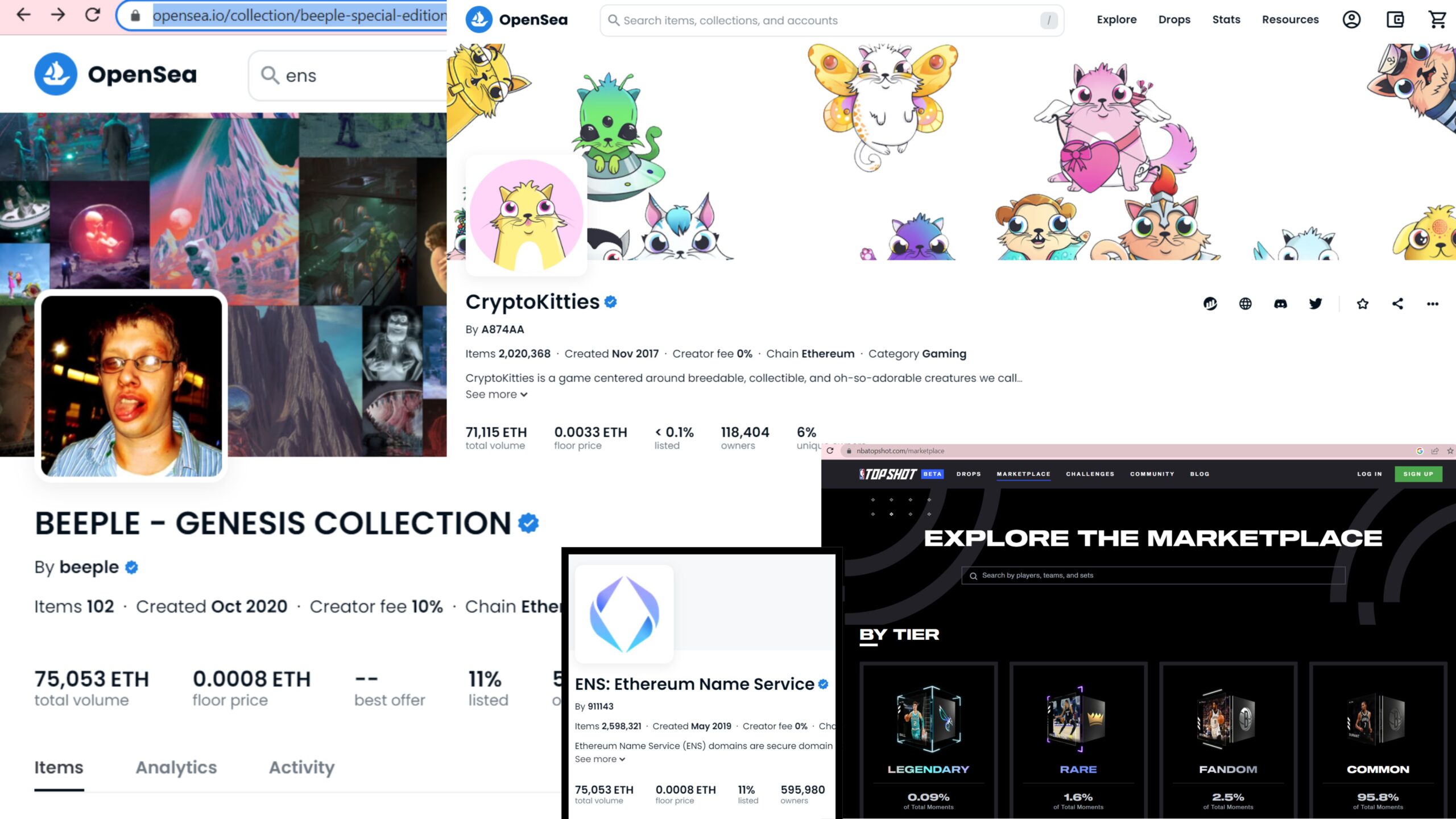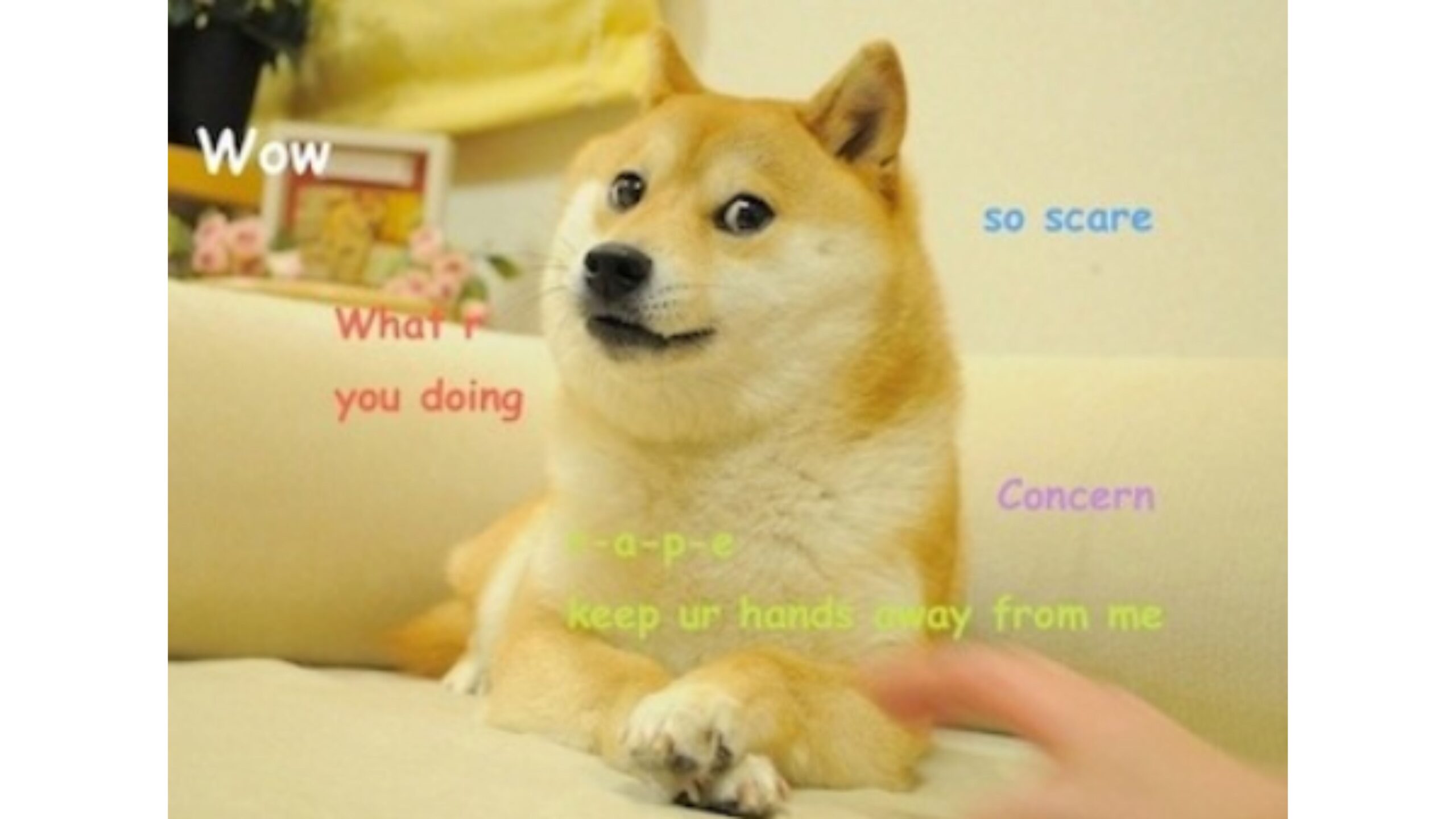You may have already come across some information about the first NFT-collections ever introduced, how the space has developed since then, and the birth of NFT sub-niches. However, something that is still less known to most people, is the formative, pre-era of NFTs and how the very early history of Non-Fungible Tokens took shape.
The two main precursors of NFTs are digital assets and gaming digital collectables. The first sale of digital collectible card games dates back as far as to the late 1990s. However, it was not until blockchain technology and smart contracts were introduced, that NFTs were enabled as we know them today. More specifically, the launch of the Bitcoin blockchain in 2009 and Ethereum in 2015, made digital scarcity and NFTs possible through decentralized ledgers and smart contracts.
There is a famous expression that goes something like this: “We can only understand today’s world if we know the history that once shaped it.” This is true for many things, including Non-Fungible Tokens.
In this post I will therefore walk you through all the details about the pre-era of NFTs, which is an era that potentially shaped our understanding of Non-Fungible Tokens today. I will also describe the emergence of the early technology that enabled NFTs, and the very early history of Non-Fungible Tokens.
But before doing this however, I will just briefly touch upon where the concept of “Non-Fungible” actually originates.
Ok, let’s get started!
Where does the concept “Non-Fungible” originate?
Non-fungible tokens are tokens that are not fungible. This means they are unique, as opposed to fungible tokens (such as Bitcoin or Dollars) that are interchangeable. The concept “fungible”, and thus also “non-fungible”, originate in the Latin word Fungibilis. “Fungibilis” actually means “useful”. In English, “fungible” specifically describes useful things that are interchangeable. Thus, something that is non-fungible could be seen as something non-interchangeable, …and perhaps also non-useful.
So, how did the idea of Non-Fungible Tokens, as we have come to know them today, all take shape? To understand this, we have to first understand how its precursors developed. The two most important precursors of NFTs were digital assets and online gaming collectables.
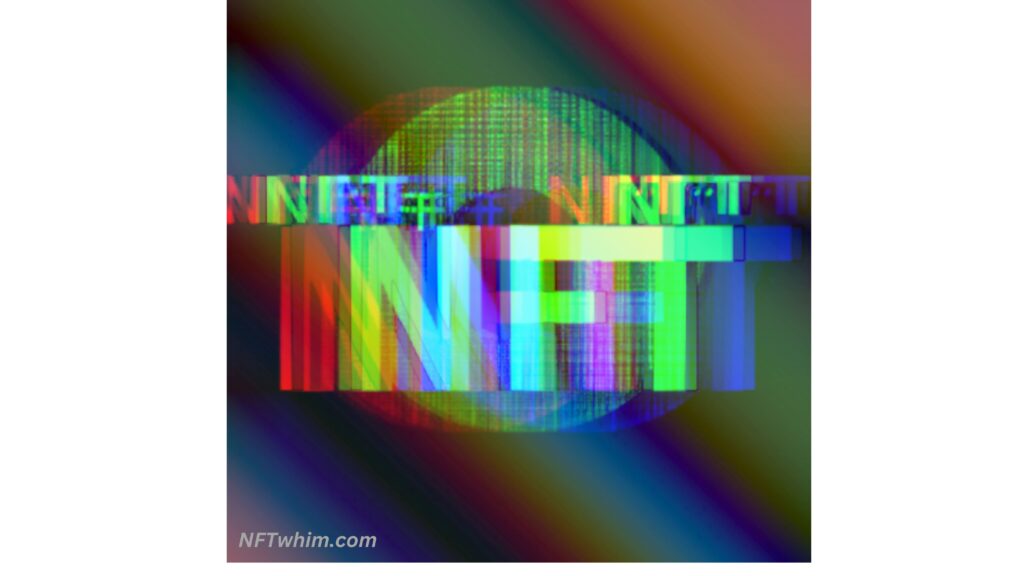
Digital Assets and Online Gaming Collectibles
One of the first instances of a digital asset being treated as a unique and valuable object was the sale of a digital collectible card game called “Magic: The Gathering Online” in the late 1990s. This game allowed players to purchase, trade, and sell digital versions of physical collectible cards, and it paved the way for the concept of digital scarcity.
Before this game, digital assets were often seen as being freely replicable and therefore not as valuable as physical assets. However, the emergence of “Magic: The Gathering Online” and other similar games demonstrated that digital assets could be made scarce and valuable through the use of digital scarcity. In the game, players could only acquire certain digital cards through purchasing them or trading with other players, and the limited availability of certain cards made them more valuable.
This concept of digital scarcity was a key precursor to the development of NFTs, as it demonstrated that digital assets could be unique, valuable, and limited in supply, just like physical assets. The success of “Magic: The Gathering Online” and other similar games helped to pave the way for the development of NFTs and the use of blockchain technology to create a permanent, unchangeable record of ownership for digital assets.
The emergence of Blockchain Technology and Smart Contracts
The emergence of blockchain technology and smart contracts was a key turning point for the development of scarce digital assets. Before the introduction of these technologies, the concept of digital scarcity had, as mentioned earlier, only been demonstrated through the sale of digital collectible card games and other similar products. However, with the launch of the Bitcoin blockchain in 2009 and the development of Ethereum in 2015, the idea of scarce digital assets really took off.
The Bitcoin blockchain introduced the concept of digital scarcity through the use of a decentralized ledger that recorded transactions and created a permanent, unchangeable record of ownership. This provided a new level of security and trust for digital assets, as it ensured that ownership of a digital asset could be easily verified and authenticated.
The development of Ethereum in 2015 further enhanced the potential for NFTs by introducing the use of smart contracts. Smart contracts are self-executing contracts with the terms of the agreement between buyer and seller being directly written into lines of code. These smart contracts enabled the creation of NFTs by allowing for the creation of unique digital tokens that could be easily verified and authenticated.
Overall, the emergence of blockchain technology and smart contracts provided the foundation for the development of NFTs and allowed for the creation of unique, verifiable, and valuable digital assets. This has opened up a whole new world of possibilities for the buying, selling, and trading of digital assets.
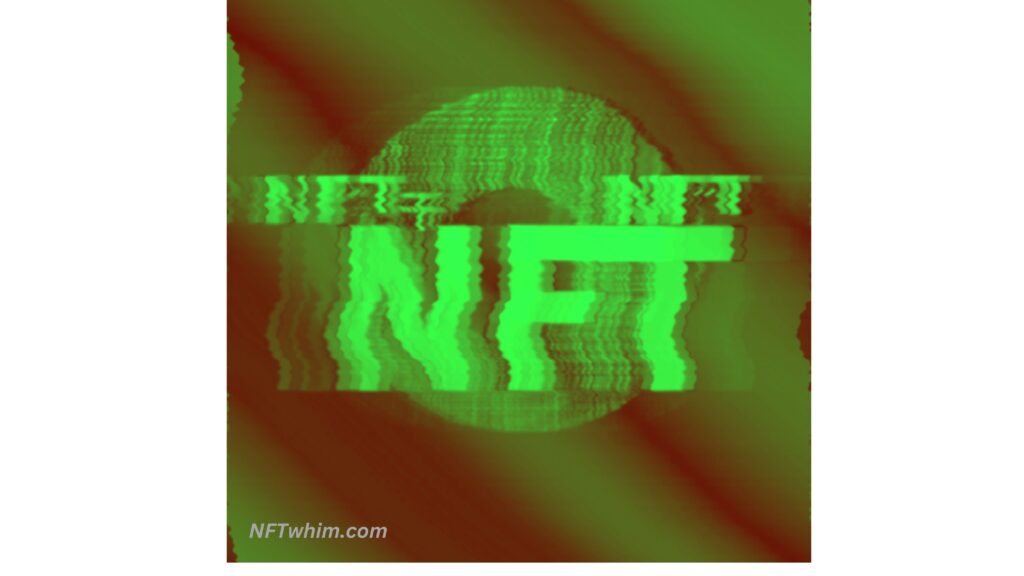
Ethereum’s Smart Contracts: a turning point
Smart contracts are self-executing contracts with the terms of the agreement between buyer and seller being directly written into lines of code. They were introduced by the Ethereum blockchain in 2015 and have played a key role in the development and adoption of NFTs.
Before the introduction of smart contracts, it was difficult to create and authenticate unique digital assets. Digital assets were often easily replicable, which made it difficult to verify ownership and ensure the authenticity of a digital asset. Smart contracts solved this problem by enabling the creation of unique digital tokens that could be easily verified and authenticated.
The use of smart contracts in the creation of NFTs allows for the automation of certain processes and helps to ensure the integrity and security of the transaction. For example, a smart contract could be used to automatically transfer ownership of a digital asset from one party to another when certain conditions are met, such as the receipt of payment. This helps to reduce the potential for fraud and errors, and provides a new level of trust and security for digital assets.
Overall, the use of smart contracts in the creation of NFTs has been a key factor in their widespread adoption and the development of a new market for unique, verifiable, and valuable digital assets. The use of smart contracts in the creation of NFTs has opened up a whole new world of possibilities for the buying, selling, and trading of digital assets, and has led to their use in a variety of industries and applications.
The early use cases of NFTs
The early use cases for NFTs were primarily focused on the world of cryptocurrency and the trading of digital assets. The use of NFTs in the cryptocurrency industry allowed for the creation of unique, verifiable, and valuable digital assets that could be bought, sold, and traded on blockchain platforms. This opened up new possibilities for the buying, selling, and trading of digital assets and helped to establish a new market for unique digital assets.
However, as NFT technology developed and gained wider adoption, it began to be used in a variety of other industries and applications. One of the most significant areas where NFTs have been used is in the art world. NFTs have been used to authenticate and sell digital art, as well as to create unique, one-of-a-kind experiences for fans. For example, an artist could create a limited-edition series of digital artworks and sell them as NFTs, ensuring that each piece is unique and verifiable. This has helped to bring new value and credibility to the world of digital art, and has allowed artists to sell their work directly to collectors and fans.
In the gaming industry, NFTs have also been used to create unique in-game items and experiences that can be bought, sold, and traded by players. For example, a game developer could create a limited-edition virtual item that can only be obtained through purchasing an NFT. This creates a sense of scarcity and exclusivity for the item, which can increase its value and appeal to players. NFTs have also been used to create unique in-game experiences, such as one-of-a-kind events or access to special features.
Overall, the use of NFTs in the art and gaming industries has helped to bring new value and credibility to digital assets and has opened up new possibilities for the buying, selling, and trading of unique digital experiences. As NFT technology continues to develop and gain wider adoption, it’s likely that we will see even more innovative and diverse use cases for NFTs in the future.
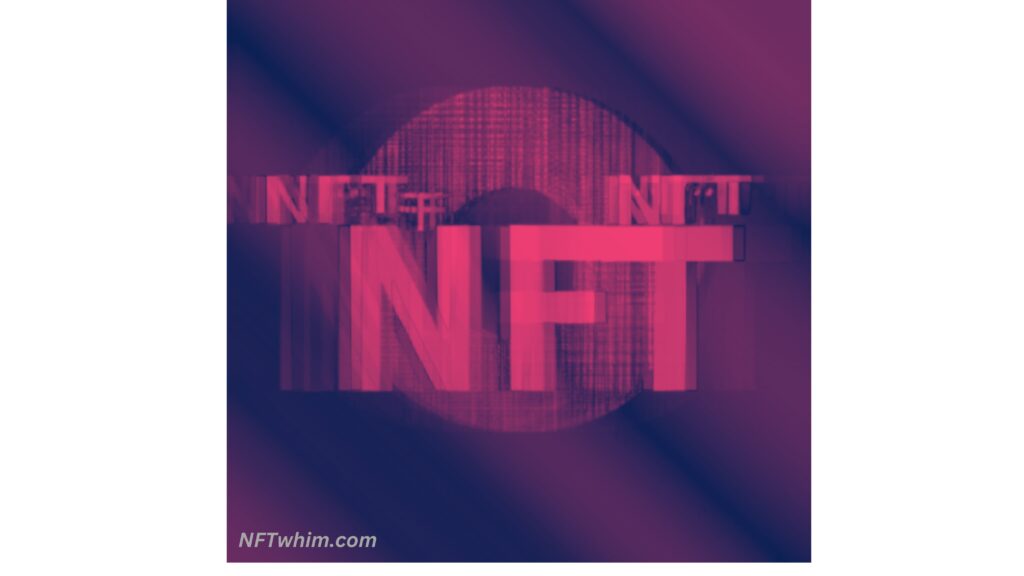
Conclusion and Key Takeaway
We can conclude that the the early history of NFTs is closely tied to the development of blockchain technology and the emergence of digital assets as a viable and valuable form of currency and property. As the technology continues to evolve and gain wider adoption, it’s likely that we will see even more innovative and diverse use cases for NFTs in the future.
How do you think the future of NFTs will develop? I would love to hear your thoughts in the comments!
Author: Robin Olsson
Author Bio: I’m Robin and on this website, I share everything I’ve learned since getting into NFTs in 2021. I have a background in research and I’ve been in crypto for several years. You can read more about me here.
